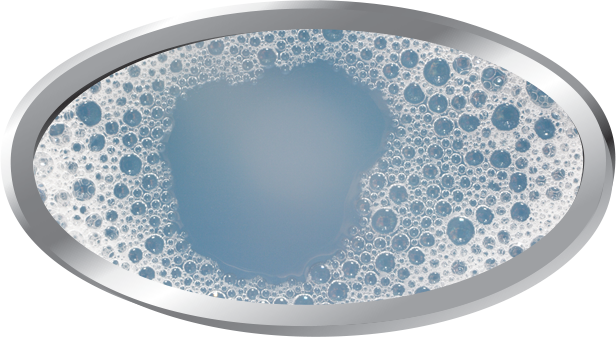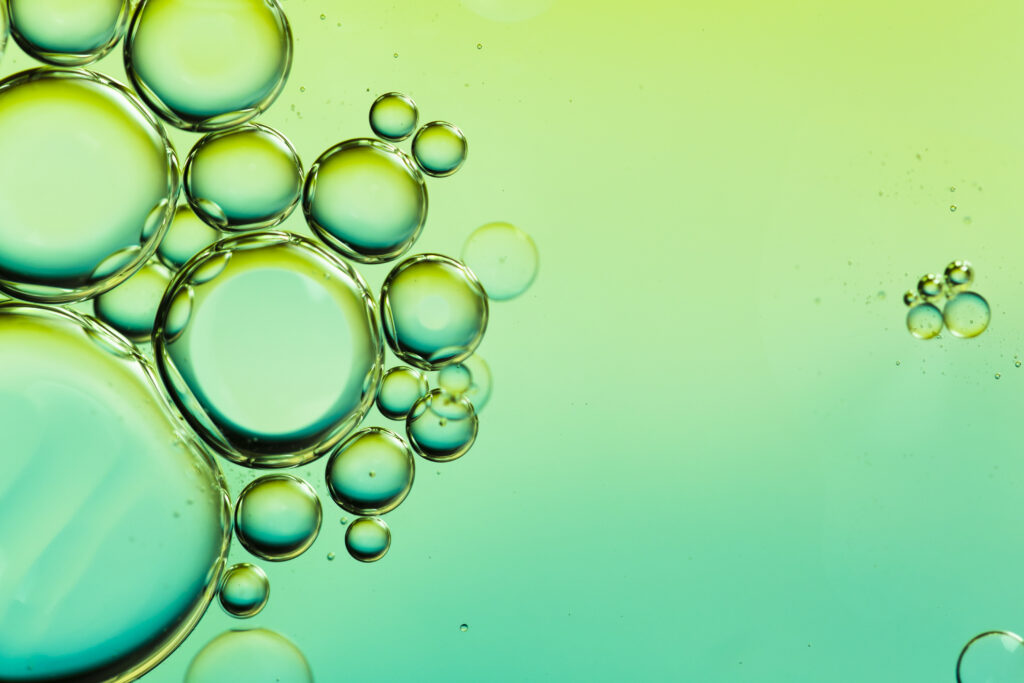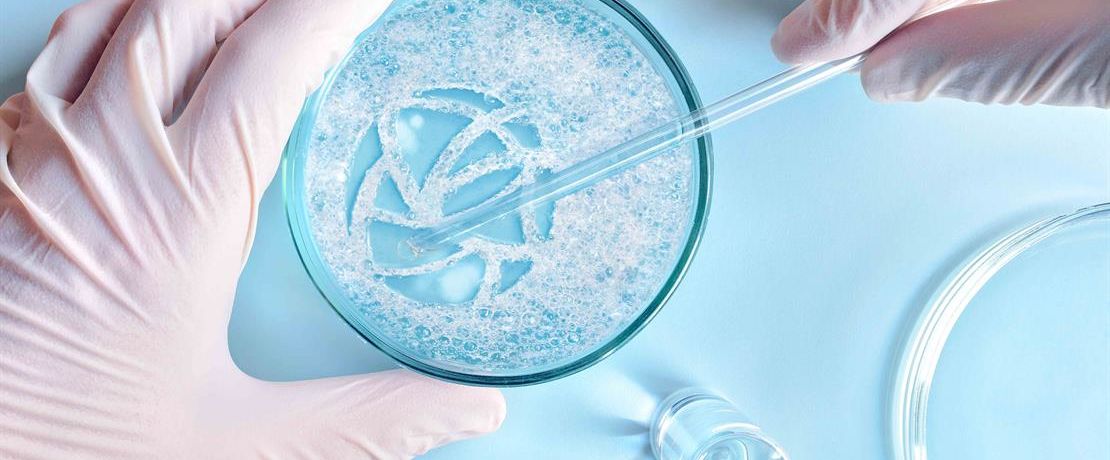The Science Behind Defoamers and Their Role in Foam Control
The Science Behind Defoamers and Their Role in Foam Control
Blog Article
The Duty of Defoamers in Enhancing Product High Quality and Performance
In different making procedures, the presence of foam can considerably impede item high quality and functional performance. Defoamers function as necessary additives that alleviate this problem, ensuring smoother production process while enhancing the functional and visual qualities of the final products (defoamers). Their application extends a plethora of sectors, from food and drink to drugs, where uniformity and reliability are extremely important. The choice of the ideal defoamer can be important to attaining ideal results, raising important inquiries concerning formulation compatibility and efficiency metrics that warrant additional exploration.
Comprehending Defoamers
Understanding the role of defoamers is important for keeping product high quality across different markets. Defoamers are chemical ingredients developed to reduce and avoid the formation of foam in fluid systems, which can adversely influence processes such as mixing, filling up, and surface area stress. Frothing can lead to ineffectiveness, product problems, and jeopardized aesthetic allure, making defoamers an important element in producing procedures.
In industrial applications, defoamers aid to boost item uniformity and stability. The effective usage of defoamers not just guarantees smoother production processes but likewise contributes to exceptional product performance.
Moreover, the choice and solution of a defoamer have to straighten with certain application needs, such as compatibility with other components, performance under differing temperature and pH conditions, and prospective governing constraints. Ultimately, comprehending defoamers' functions and their significance in different solutions is crucial for enhancing production and making sure the finest final result.
Sorts Of Defoamers
Defoamers can be categorized right into a number of types based on their composition and system of activity. The main kinds consist of silicone-based, non-silicone organic, and inorganic defoamers.
Silicone-based defoamers are among the most reliable, mainly as a result of their ability to spread promptly on the liquid surface area and interfere with foam development. Their unique chemical framework permits for superior security, making them ideal for high-temperature applications and environments with differing pH levels.
Non-silicone natural defoamers, usually made up of fatty acids or natural oils, are valued for their biodegradability and reduced toxicity. These are normally used in food and beverage applications where safety and security and ecological influence are paramount.
Not natural defoamers, which consist of materials like talc or calcium carbonate, act by enhancing the thickness of the fluid, consequently minimizing foam stability. They are often utilized in commercial processes where compatibility with various other materials is not an issue.
Each sort of defoamer has distinctive benefits and constraints, enabling for tailored remedies depending on the specific foaming problems experienced in different applications. Comprehending these distinctions is essential for maximizing performance and achieving wanted item top quality.
Applications Across Industries
Countless industries utilize defoamers to boost item high quality and functional effectiveness. In the food and beverage market, defoamers are crucial in procedures such as developing and dairy manufacturing to stop foam formation, which can bring about ineffectiveness and item disparity. By controlling foam, manufacturers can make sure better return and an extra uniform product.
In the pharmaceutical market, defoamers play an essential role in the solution of fluid medicines, where excessive foam can hamper mixing and accurate dosing. Their use aids maintain the integrity of the formulas and facilitates smoother manufacturing processes.
The paint and finishes industry likewise depends on defoamers to improve the performance of items throughout application. By minimizing foam, these ingredients ensure a smoother surface and enhance the visual top qualities of the end product.

Advantages of Using Defoamers
While the application of defoamers varies throughout industries, their advantages regularly boost item high quality and procedure performance. One substantial benefit is the decrease of foam development throughout manufacturing processes, which can otherwise bring about production delays and incongruities in product quality. By reducing foam, defoamers allow a smoother flow of materials, assisting in much more reliable procedures and decreasing the chance of tools malfunctions.
Additionally, using defoamers can improve the appearance and structure of final items. In fields such as coverings, paints, and food processing, excessive foam can jeopardize the visual aesthetics and overall quality, while the ideal defoamer application makes sure a consistent finish and desirable qualities. In addition, defoamers can add to set you back savings by reducing waste throughout production and maximizing the usage of raw materials (defoamers).

Picking the Right Defoamer
Picking the appropriate defoamer is critical for optimizing production procedures and ensuring item high quality. The option of defoamer affects not just the efficiency of foam control however likewise the overall efficiency characteristics of the final item. Factors to consider consist of the kind of application, the chemistry of the formula, and the environmental conditions under which the product will certainly be made use of.
Various markets might call for details defoamer kinds, such as silicone-based, organic, or polymeric defoamers. Understanding the compatibility of the defoamer with the primary components is important to stay clear of unfavorable reactions that can endanger product integrity. In addition, the defoamer's efficiency in various temperature levels and pH degrees must be evaluated to ensure regular performance.
Examining the defoamer in small applications can provide useful insights into its efficiency useful link and viability. Consideration of governing compliance, specifically in food, pharmaceuticals, and cosmetics, is vital in choosing a defoamer. Ultimately, a thorough evaluation of these variables will cause the choice of a defoamer that not only regulates foam successfully yet also improves the high quality and efficiency of the end product.
Verdict

Finally, defoamers are vital ingredients that significantly enhance product high quality and efficiency across different markets. By properly reducing foam formation, these agents not just boost functional performance yet additionally add to the functional and visual integrity of products. The critical selection and application of defoamers lead to cost financial savings, optimized resource use, and boosted client contentment. Overall, the importance of defoamers in commercial procedures can not be overemphasized, as they play a crucial function in accomplishing constant and top notch results.
Lathering can lead to ineffectiveness, item issues, and compromised visual appeal, making defoamers a vital part in producing procedures.

Report this page